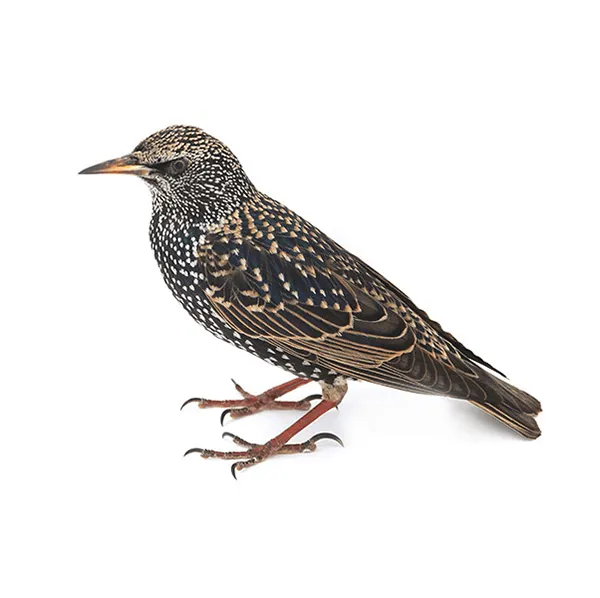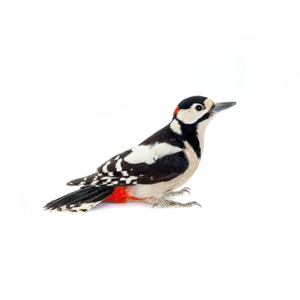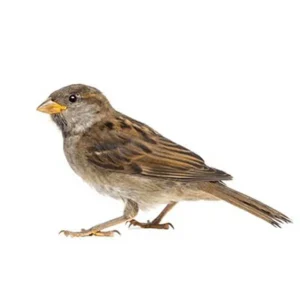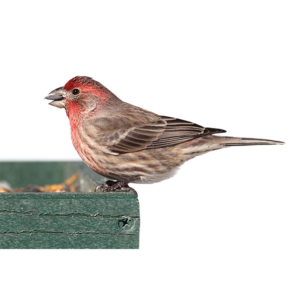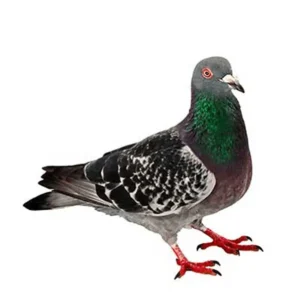European Starlings in North Carolina
Starlings are best known for being loud and boisterous birds that often nest in urban areas. They are found throughout the United States and nest in large numbers near homes, where their presence can become dangerous for homeowners. European starlings are disliked for their loud vocalizations made at roosting time and because of the filth, they leave behind. Not only are they obnoxious to the senses, but starlings also pose some health risks to humans, by transmitting diseases such as encephalitis, ornithosis, and histoplasmosis. Additionally, starlings are bold, aggressive scavengers and can quickly destroy gardens and crops.
European Starling Habitat
Starlings can survive in both hot and cold environments, are not fearful of humans, and can become quite comfortable in urban environments where food and shelter are readily available to them. In rural areas, starlings are found in open fields, orchards, and farms. In cities and suburbs, starlings have adapted well, where they utilize a multitude of nesting sites including building ledges, lighted signs, and lamp posts, as well as dryer and stove exhaust ducts and vents. Starlings prefer to roost in tree cavities or small crevices but will choose an attic if these natural habitats are not available.
European Starling Behaviors, Threats, or Dangers
In addition to being obnoxious and loud when in groups, starlings can cause property damage. Unsightly starling droppings can eat away at pavement and asphalt, and dried droppings have been known to cause asthma. Additionally, European starlings are capable of transmitting several diseases like cryptococcosis, E. coli, and salmonella. Their nesting habits on roofs, within soffits, dryer vents, and attics can cause structural damage and create dangerous fire hazards. Lawns infested with turf insects are likely to be visited by thousands of starlings, which feed on the insects, and in the process, punch thousands of unsightly holes in the sod.
If you discover European starlings roosting on your property, contact a licensed bird control company immediately.

